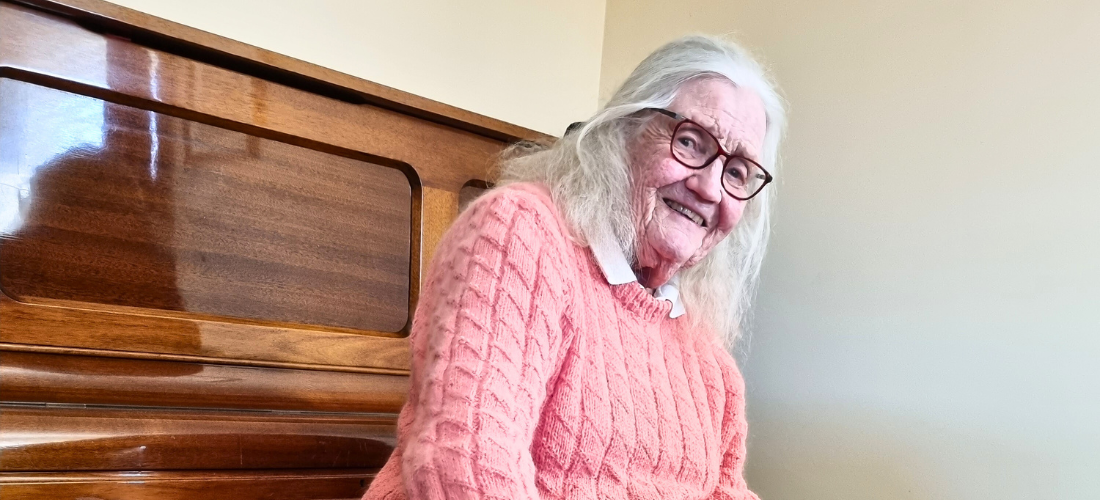For Liz, a 76-year-old living in regional New South Wales, accessing sight-saving injections means an approximate 200km round trip every three weeks. “The injections are, to date, so effective I remain fully licensed to drive and live a fully independent life,” she says.
Liz is one of the 1.9 million Australians who live with macular disease – the country’s leading cause of vision loss. The disease robs people of their central vision, leading to life altering challenges like the inability to recognise faces and live independently. Aside from the physical impact, mental health issues are a common consequence, including feelings of isolation and depression.
Without eye injection treatment, people with certain macular diseases will lose their vision. But access to sight-saving treatment is a postcode lottery. Eye injections are primarily delivered in private ophthalmology clinics in Australia, with only around 20% of them offering bulk-billing.
For people in regional and remote areas, access to ophthalmologists delivering treatment to maintain their vision is extremely limited. Most ophthalmologists are based in major cities (~84 percent); the remaining 16 percent servicing the 28 percent of Australians (7 million people) living in regional and remote communities.
With no eye clinic close to her town delivering age-related macular degeneration (AMD) injections, Liz has no choice but to travel a considerable distance every three weeks to keep her sight. Her injections could only be every six weeks but “having both eyes treated on the same day would result in me having to wait around for many hours for my vision to clear sufficiently to drive,” Liz explains.
Liz lives alone with family very far away. “Asking a friend to provide transport is out of the question as it’s up to five hours out of their day and leaves me very indebted,” she says. “I rely on a partial pension, so the cost of travel and treatment is worrying, yet, maintaining my independence and minimising further cost to taxpayers is a priority.”
In collaboration with the University of New South Wales, Macular Disease Foundation Australia recently surveyed almost 1,500 Australians living with macular disease, which revealed the disparity between the out-of-pocket costs people in regional and remote Australia pay, compared to people in metropolitan areas.
The total annual median out-of-pocket cost for people living in regional and remote areas is more than $400 dollars higher per person compared with people in major cities. And the estimated out-of-pocket costs – such as time commitment and loss of productivity – for unpaid carers of people with macular disease is more than $600 higher for carers based in regional and remote Australia compared to carers in major cities.
In response to this, Macular Disease Foundation Australia has released its Federal Election Agenda, Fight for Sight, which can be found here.
“During my eye injection appointments I’ve enquired on many occasions as to how aged pensioners with no available funds can afford to have their AMD treated,” said Liz. “To date, I have received no definitive answer. On most occasions the response is deflected or totally avoided. I find this very worrying as I may soon find myself in this position.”
If you or someone you know is living with macular disease and needs practical or emotional support, please contact our free Eye Connect service on 1800 111 709.
This article was originally published on the Rural Health Alliance’s online magazine Partyline and is republished here with permission.
Posted: 1 May 2025
















